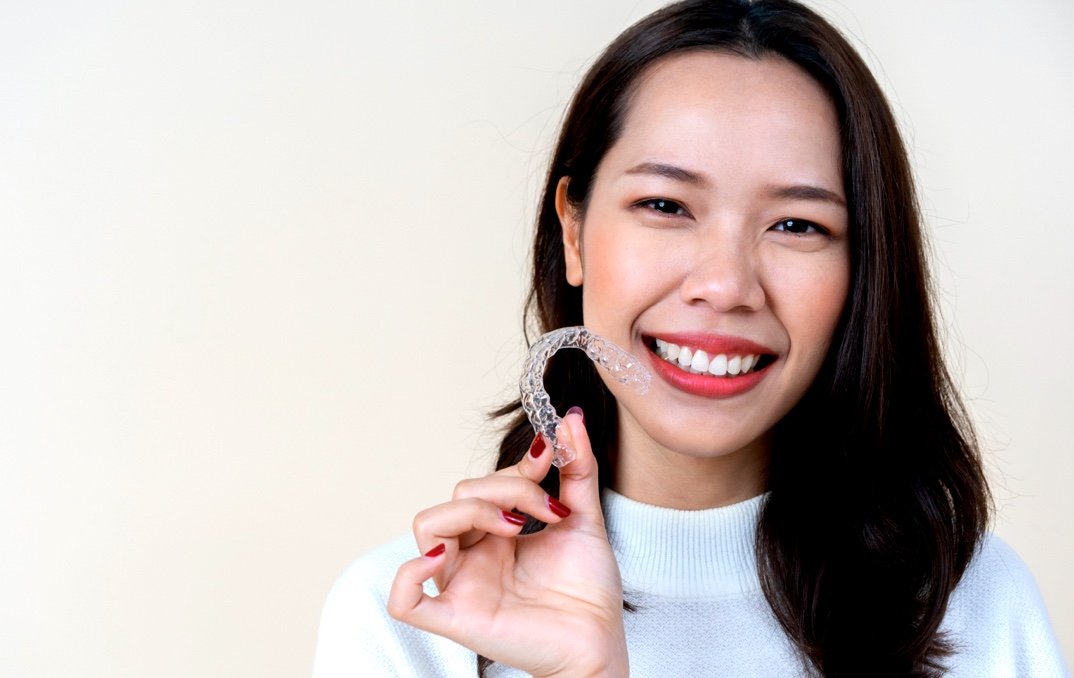Resin vs Amalgam Filling Korea | Which Dental Filling Is Right for You?
What Are Resin and Amalgam Fillings?
Resin fillings (also called composite or tooth-coloured fillings) are made of a mixture of plastic and glass (or ceramic) particles that can be matched to the natural colour of your teeth. They bond to the tooth structure and allow more conservative tooth preparation.
Amalgam fillings (often called “metal” or “silver” fillings) consist of a mixture of metals including silver, tin, copper, and mercury. They have been used for over a century due to their strength and durability.
Key Differences: Resin vs Amalgam
Appearance & Aesthetics
- Resin fillings blend with your tooth colour — ideal when the filling will be visible.
- Amalgam is dark grey/metallic and easily noticeable, especially in front or side teeth.
Durability & Strength
- Amalgam has long been considered very durable, particularly in back teeth (molars) where chewing forces are highest.
- Resin materials have improved significantly and can be used in many areas, but their longevity may depend more on technique, cavity size and location.
Tooth Structure & Bonding
- Resin bonds adhesively to the tooth, enabling more conservative removal of healthy tooth structure.
- Amalgam seating often requires more bulk or mechanical retention (undercuts) in the tooth.
Health & Material Concerns
- Amalgam contains mercury, which has raised concerns though major health authorities still regard standard use as safe in most cases.
- Resin materials are mercury-free and often preferred for cosmetic or health-conscious patients.
Cost & Availability in Korea
- In Korea, resin (composite) fillings in major clinics tend to cost more than amalgam, especially for highly aesthetic materials.
- Amalgam is still available in some clinics but less common in visible areas, especially in aesthetic dental practices in Seoul.
Pros & Cons of Each Option
✅ Resin (Composite)
Pros:
- Natural-looking (tooth-coloured) finish
- Less noticeable even when you smile or open your mouth
- Bonding strengthens the remaining tooth structure
- Mercury-free
Cons: - May cost more than amalgam in Korea
- May require more precise technique and isolation for best result
- Longevity can vary depending on size of the cavity, location and chewing forces
✅ Amalgam
Pros:
- Strong and durable, especially for large cavities in back teeth
- Often more affordable
- Less sensitive to moisture during placement (which can make placement easier)
Cons: - Metallic appearance — less aesthetic
- Contains mercury — some patients prefer avoidance for health or environmental reasons
- May require more removal of healthy tooth structure for adequate retention
- Less used in aesthetic-focused dental clinics in major Korean cities
Which Should You Choose in Korea?
Here’s a quick guide depending on your situation:
- If the cavity is on a visible tooth (front or side) and you care about aesthetics → Resin filling is likely the better choice.
- If the cavity is on a molars/back tooth with heavy chewing force and you prioritise durability over appearance → Amalgam may still be appropriate, though many dentists now prefer resin even in these areas.
- If you are concerned about material safety (e.g., mercury) or want a modern aesthetic dental clinic experience in Seoul → lean toward resin.
- If cost is a major factor and you are okay with metallic appearance or the tooth is less visible → amalgam might be more affordable.
- Always ask your dentist: What materials will be used? What is the expected lifespan? What are alternative options (e.g., ceramic inlays, gold, etc.)?
What to Expect in a Korean Dental Clinic (Seoul, Gangnam etc.)
- Consultation & cavity assessment: Size, location, depth, chewing load.
- Discuss materials: Ask for a shade-match (for resin) and cost breakdown.
- Anesthesia and removal of decay → preparation of the cavity.
- Placement of filling: For resin, layering and curing with a light; for amalgam, packing the metal alloy.
- Final shaping and polishing.
- Aftercare advice: Avoid biting hard foods immediately, maintain good oral hygiene.
In Seoul, many clinics for international patients emphasise composite (resin) fillings for their aesthetic advantage and use advanced materials and digital techniques.
Aftercare & Longevity Tips
- Maintain good oral hygiene: brushing twice daily, flossing once a day.
- Avoid chewing on extremely hard objects (ice, pens) especially right after the filling.
- For resin fillings: avoid staining foods/drinks for the first 24-48 hours (coffee, red wine, etc.).
- Regular check-ups every 6-12 months to monitor the integrity of the filling and adjacent tooth structure.
- If you feel sensitivity, pain, or notice any cracks or rough edges — get checked promptly.
Final Thoughts
Choosing between resin and amalgam fillings in Korea is increasingly a choice between aesthetics and traditional durability. While amalgam still has a role, especially in less visible teeth and for cost efficiency, resin fillings offer a modern, natural-looking option that aligns with Seoul’s high standard of dental aesthetics.
If you’re undergoing dental restoration in Seoul (particularly in districts like Gangnam with many international-friendly clinics), be sure to ask about:
- The type of filling material proposed
- The cost difference between options
- The expected lifespan and warranty of the dental work
- Whether the clinic offers shade-matching, advanced materials and English-friendly service
Having that information will help you choose a filling that fits your smile aesthetics, budget, and long-term dental health.

